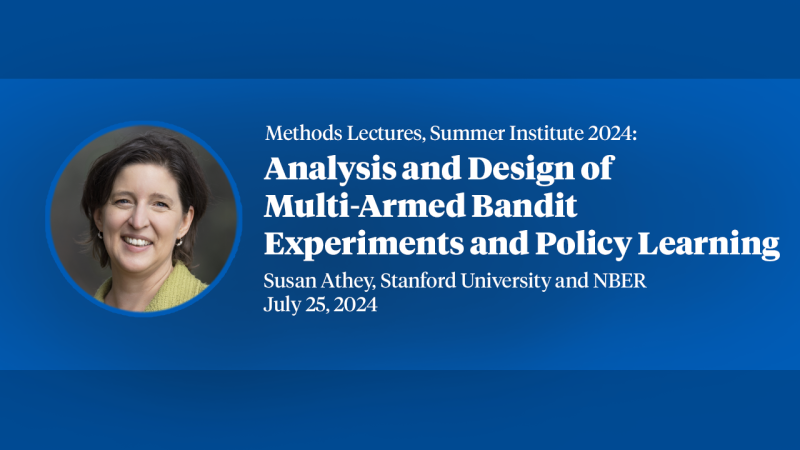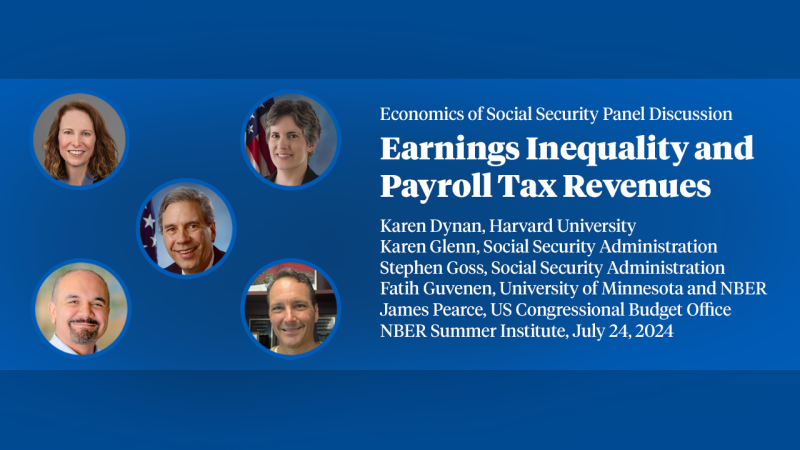Optimal Second-best Menu Design: Evidence from Residential Electricity Plans
Utilities increasingly sell electricity using complex menus of time-constant and time-varying price schedules. We study how to design such a menu to maximize social welfare in a second best environment where the marginal private and external costs of generating electricity vary over time, institutional constraints prevent mandating time-varying pricing, and consumer behavior is distorted by frictions. We develop a model of plan choice, consumption, and intertemporal substitution with time-varying marginal social costs, and estimate it using administrative data from a large utility. We provide evidence of substantial intertemporal substitution in response to time-varying price incentives, and selection across plans based on multidimensional heterogeneity. While the current menu’s time-varying plans substantially shift consumption from high-price to low-price hours, we find that they reduce social welfare. This loss is mitigated by information frictions. We show how to redesign the menu to simultaneously improve outcomes for consumers, the utility, and the environment.


